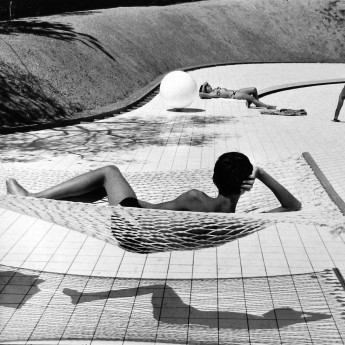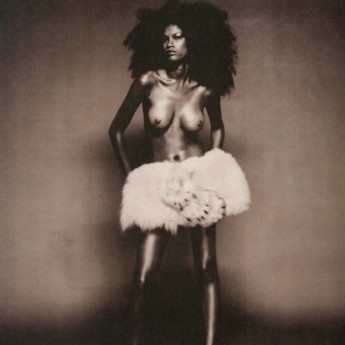
Details
Artist
Styles
Signed and numbered on the back // Bahnhof Stadelhofen Zurich by Candida Höfer, captured in 1991, is a striking architectural photograph showcasing the unique, flowing concrete forms of Zurich’s Stadelhofen train station. The image captures the station’s modernist, almost sculptural architecture, with its sweeping curves and structural elements that convey both strength and elegance. Höfer’s composition emphasizes symmetry and spatial depth, drawing attention to the play of light and shadow on the smooth concrete surfaces. The subdued lighting and empty space add an atmosphere of quiet introspection, characteristic of Höfer’s work, which often explores the interaction between architecture and the absence of human presence. This photograph invites viewers to appreciate the beauty in urban infrastructure and the artistry within functional spaces.
Bahnhof Stadelhofen Zurich, 1991
form
Medium
Size
35.5 x 60.9 cm
- Inches
- Centimeters
Edition
Price
- USD
- EUR
- GBP
Details
Artist
Styles
Signed and numbered on the back // Bahnhof Stadelhofen Zurich by Candida Höfer, captured in 1991, is a striking architectural photograph showcasing the unique, flowing concrete forms of Zurich’s Stadelhofen train station. The image captures the station’s modernist, almost sculptural architecture, with its sweeping curves and structural elements that convey both strength and elegance. Höfer’s composition emphasizes symmetry and spatial depth, drawing attention to the play of light and shadow on the smooth concrete surfaces. The subdued lighting and empty space add an atmosphere of quiet introspection, characteristic of Höfer’s work, which often explores the interaction between architecture and the absence of human presence. This photograph invites viewers to appreciate the beauty in urban infrastructure and the artistry within functional spaces.
What is contemporary art?
Contemporary art refers to avant-garde or innovative art created in the recent past or present day. The exact starting point of contemporary art varies depending on the institution, often tied to the founding year of museums or galleries that showcase the style. Contemporary art is characterized by its focus on current ideas, diverse media, and the exploration of new concepts and techniques.












